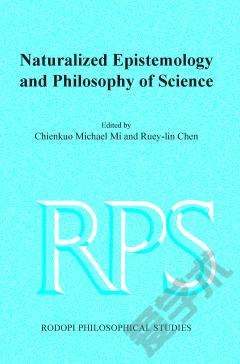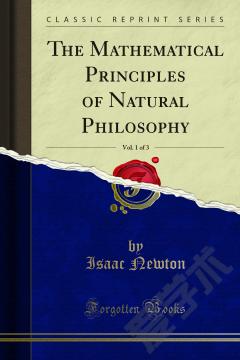Symmetries Of Nature —— A Handbook for Philosophy of Nature and Science
-----
683 p. w. 258 figs. Despite their increasing specialization, the modern natural sciences derive their theories from uniform symmetric structures. Thus, old and new basic questions of natural philosophy and the philosophy of science are linked. This work is designed as a handbook on this topic, and is directed equally to philosophers, mathematicians, scientists and epistemologists. Summary of contents: Symmetries in early cultures, ancient and medieval mathematics, natural philosophy, technology and art 2. Symmetries in modern mathematics 3. Symmetries in classical physics and natural philosophy 4. Symmetries in modern physics and natural science (Theroy of relativity, quantum mechanics, elementary particle physics, chemistry and biology) 5. Symmetry in modern epistemology, theory of science, natural philosophy and art
{{comment.content}}








 京公网安备 11010802027623号
京公网安备 11010802027623号